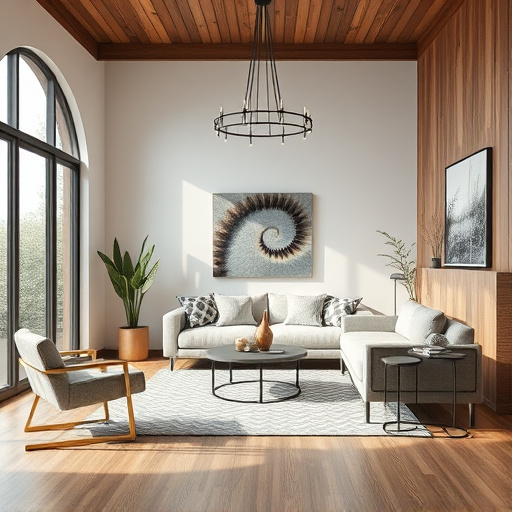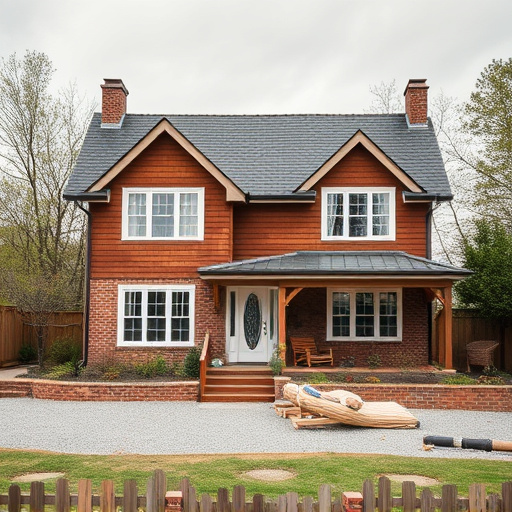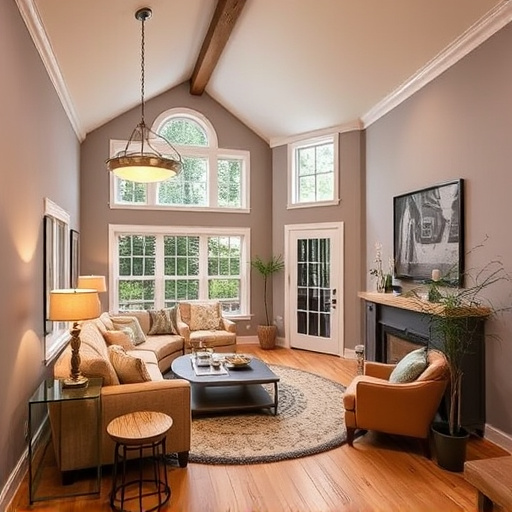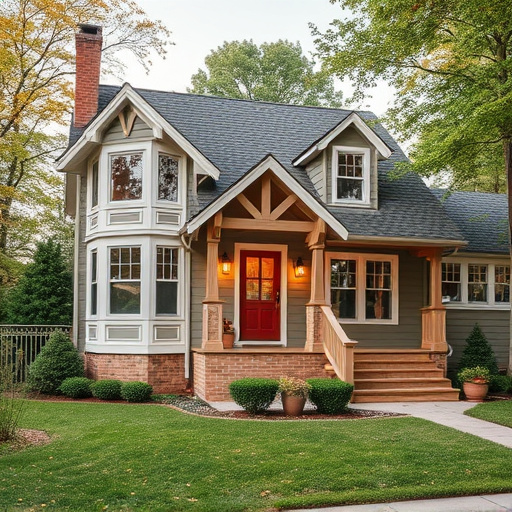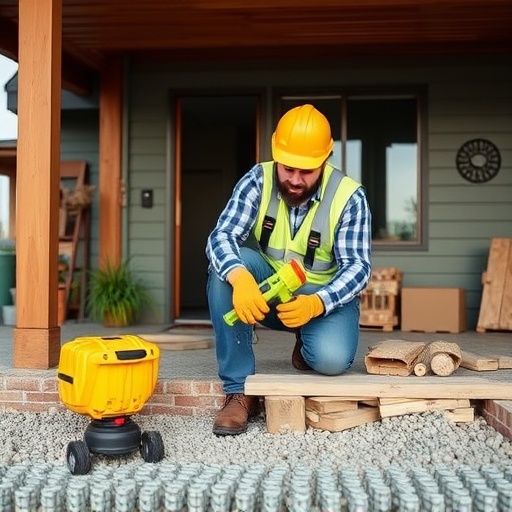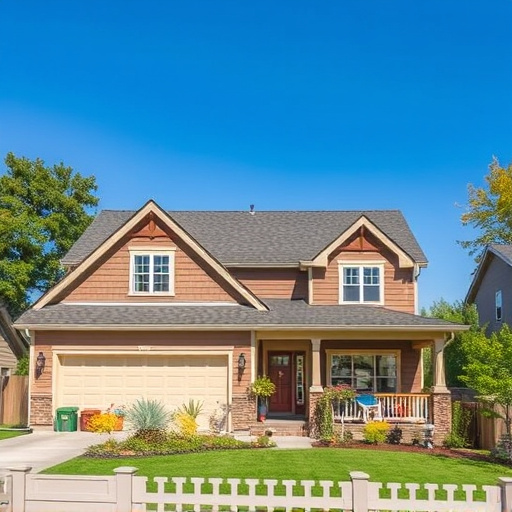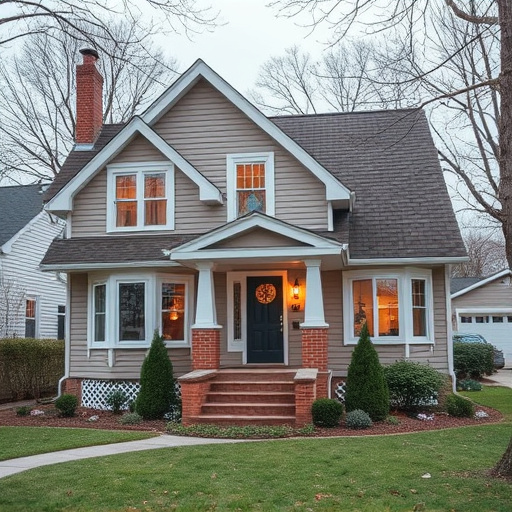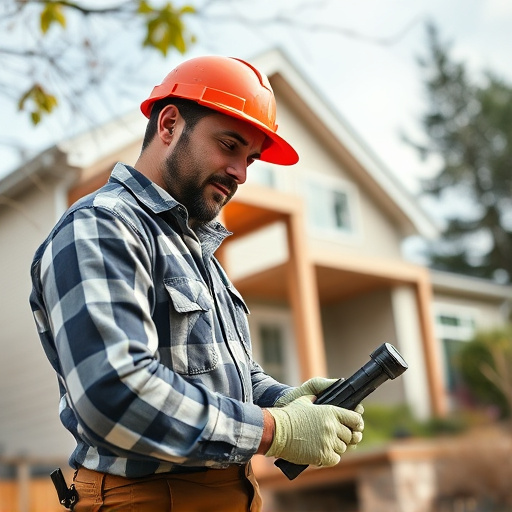Eco-friendly construction design prioritizes non-toxic, locally sourced materials and energy-efficient techniques like passive solar, natural ventilation, and renewable energy sources to minimize environmental impact and enhance building sustainability for various projects, from renovations to additions, while maintaining aesthetic appeal and occupant comfort.
In today’s world, a holistic approach to construction design is not just an option—it’s a necessity. This article explores sustainable practices that go beyond surface-level changes, delving into the core principles of eco-friendly materials and energy-efficient strategies. We discuss how prioritizing functionality can coexist with minimizing environmental impact, highlighting innovative techniques reshaping the construction landscape. By integrating these holistic methods, the industry can move towards more sustainable and responsible building practices.
- Integrating Eco-Friendly Materials and Techniques
- Prioritizing Energy Efficiency in Design Strategies
- Balancing Functionality and Environmental Impact
Integrating Eco-Friendly Materials and Techniques
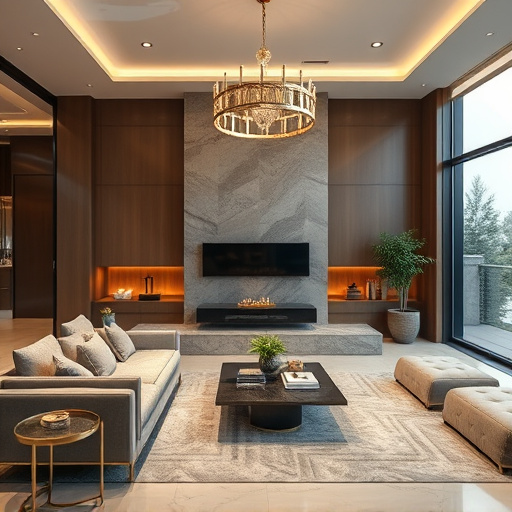
Incorporating eco-friendly materials and techniques is a cornerstone of a holistic approach to construction design, aiming to minimize environmental impact while enhancing the sustainability profile of buildings. This involves selecting materials that are not only non-toxic but also have minimal carbon footprints throughout their lifecycle. For instance, opting for locally sourced wood certified by sustainable forestry initiatives reduces transportation emissions, while recycled steel and concrete contribute to a circular economy. In terms of construction design, architects and engineers can explore innovative solutions like bamboo, known for its rapid growth and strength, suitable for structural elements in both new builds and home additions.
Beyond materials choice, holistic practices extend to techniques that promote energy efficiency. Implementing passive solar design, natural ventilation, and efficient insulation reduces the reliance on active heating and cooling systems. This not only lowers operational costs but also translates into smaller carbon emissions. Moreover, integrating renewable energy sources like solar panels or wind turbines can further enhance the sustainability of a project, whether it’s for kitchen and bath renovations or floor replacements. These strategies collectively contribute to creating environmentally responsible spaces that are in harmony with their surroundings.
Prioritizing Energy Efficiency in Design Strategies
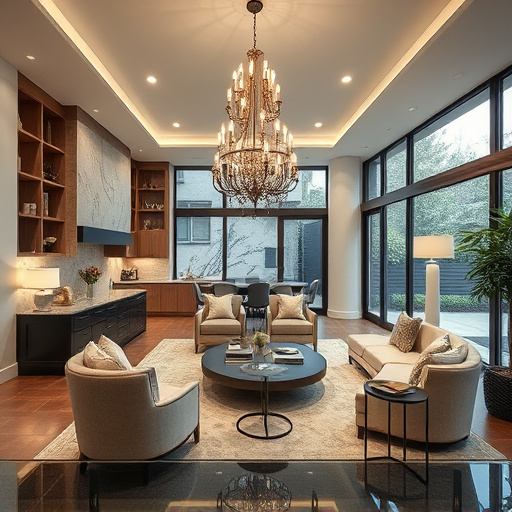
In the realm of sustainable construction design practices, prioritizing energy efficiency is no longer an option but a necessity. By integrating smart and eco-friendly strategies from the outset, architects and designers can significantly reduce the environmental impact of buildings while offering long-term financial benefits to occupants. This holistic approach involves considering every aspect of a structure’s energy consumption, from heat transfer and insulation to natural lighting and ventilation. Incorporating features like efficient HVAC systems, high-performance windows, and smart thermostats not only minimizes energy wastage but also creates healthier living or working environments.
Furthermore, a strategic focus on energy efficiency can open doors for innovative construction design solutions. For instance, incorporating renewable energy sources like solar panels or geothermal heating and cooling systems can enhance a building’s overall sustainability while potentially reducing utility costs. Even aspects like interior painting and exterior painting can play a role in energy conservation; choosing energy-efficient finishes and colors can help regulate indoor temperatures, thereby reducing the workload on mechanical systems. Similarly, home additions designed with these principles in mind can expand living spaces without compromising sustainability, ensuring that construction design practices remain both environmentally responsible and aesthetically pleasing.
Balancing Functionality and Environmental Impact
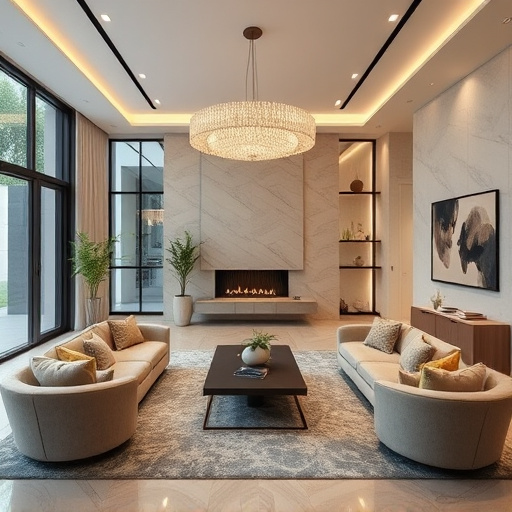
In the pursuit of sustainable construction design practices, a holistic approach demands we intricately balance functionality and environmental impact. Construction design should strive to create spaces that serve their intended purposes while minimizing harm to the planet. This means incorporating eco-friendly materials, optimizing energy efficiency, and integrating natural light and ventilation, all of which contribute to reduced carbon footprints without compromising on aesthetics or comfort.
A fine line needs to be drawn between meeting the practical needs of occupants—for example, in kitchen remodels, bathroom renovations, or interior painting projects—and ensuring these actions do not adversely affect the surrounding ecosystem. Through innovative design strategies and a commitment to sustainability, it’s possible to achieve functional spaces that are also harmonious with nature.
A holistic approach to sustainable construction design integrates eco-friendly materials, prioritizes energy efficiency, and balances functionality with environmental impact. By adopting these practices, we can create construction designs that minimize ecological footprints while optimizing performance. Embracing a comprehensive strategy ensures a greener future for both buildings and the communities they serve, making it an indispensable focus in the evolving landscape of construction design.
